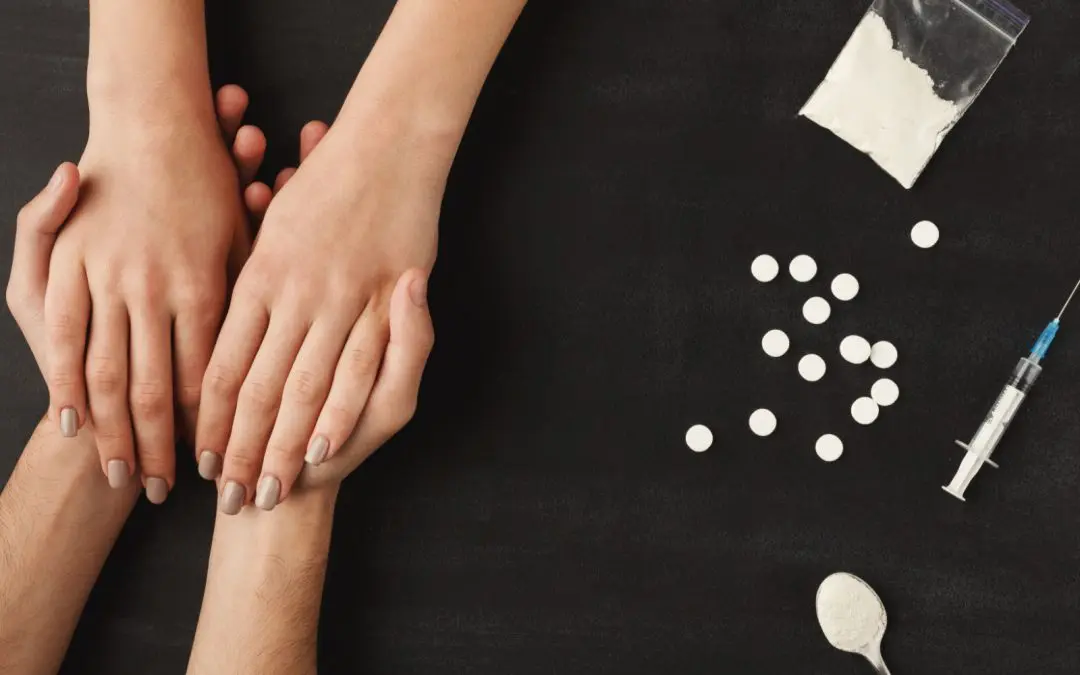24/7 Helpline:
(866) 899-111424/7 Helpline:
(866) 899-1114
Learn more about Intervention Services centers in Locust Gap
Intervention Services in Other Cities











Other Insurance Options

Aetna

Molina Healthcare

Highmark

Multiplan

Optum

BlueCross

Access to Recovery (ATR) Voucher

Self-pay options

Ceridian

Cigna

CareSource

BHS | Behavioral Health Systems

Coventry Health Care

Meritain

Humana

Covered California

Lucent

Anthem

BlueShield

United Health Care